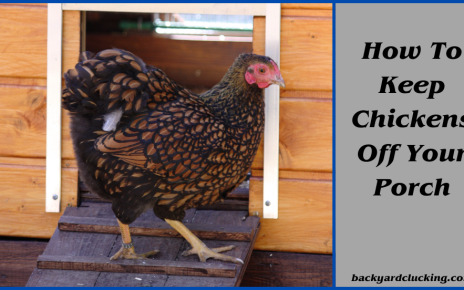As a poultry farmer, I can tell you that the intricacies of the brain are vast and complex, regardless of the species. In this case, let’s delve into the fascinating world of the Gallus gallus domesticus, or the domestic chicken.
We will explore their brain size, structure, and function as well as compare their brains to those of other bird species and more commonly known mammalian brains. Additionally, I will share some exciting and unexpected facts about the neurology of chickens.
Chicken Brain Size and Structure
The chicken brain is relatively small, typically weighing between 2.5 and 4.5 grams. Despite its modest size, the avian brain is outstandingly intricate, featuring various areas responsible for different processes and behaviors, just like mammals. The brain of a chicken is composed of the following main components:
- Cerebrum: Cerebrum is the most significant portion of the brain, responsible for higher cognitive functions like decision-making and learning.
- Cerebellum: Responsible for coordinating motor functions, maintaining posture, and facilitating balanced movement.
- Optic lobes: These are found on either side of the midbrain and process the visual information received from the eyes.
- Olfactory bulbs: Handling the sense of smell, these are located at the front of the brain.
- Medulla oblongata: The lower part of the brain controls involuntary functions such as breathing and heart rate.
Comparing Chicken Brains to Mammalian Brains
Birds and mammals possess similarities and differences in their brain structures and development. A notable difference lies in brain size proportionality — the brain of a chicken occupies a smaller percentage of body mass when compared to most mammals.
Additionally, a chicken brain’s pallium – the outer layer of gray matter – is organized into clusters of nuclei rather than layers like in mammals’ neocortex.
While structure differs, the pallium holds neurons responsible for similar tasks in both birds and mammals, such as memory, learning, and decision-making. Some studies also suggest that chickens share cognitive abilities commonly associated with mammals, including problem-solving, empathy, and self-awareness.
Comparing Chicken Brains to Other Bird Species
About other bird species, the chicken brain weighs relatively less when considering body mass. However, brain size is not necessarily indicative of intelligence.
Chickens possess complex cognitive abilities and can perform tasks comparable to birds with larger brains or are considered more intelligent.
Interesting Neurological Facts about Chickens
- Visual prowess: Chickens have excellent eyesight, with a larger field of vision than humans due to the side location of their eyes. They can see a wide range of colors and even ultraviolet light, which aids them in finding food, predators and identifying other flock members.
- Magnetic orientation: Like many other bird species, chickens can sense magnetic fields and use this information to navigate their environment.
- Problem-solving: Chickens can solve complex problems and learn from observation, adapting their behavior based on new information.
- Memory: Chickens have a strong memory and can recognize up to 100 individuals- including other chickens and humans. They can also remember locations and keep track of the pecking order within their social groups.
Overall, chickens possess remarkable neurological capabilities that can be compared to those of other birds and mammals. While their brains may not be as large as their bodies, research has revealed that these creatures possess immense cognitive abilities.
Understanding more about the anatomy and neurology of chickens can help us better to appreciate the fascinating complexity of this common poultry species. They may not have the reputation of being highly intelligent mammals, but chickens are genuinely remarkable creatures with a unique capacity for learning and memory.
Conclusion
Chickens are remarkable creatures, possessing advanced cognitive abilities despite their relatively small brain size. Through this article, we have explored the anatomy of chicken brains, compared them to those of other species, and highlighted some fascinating facts about their neurology.
Whether you are a poultry farmer or simply curious about avian anatomy, understanding more about the capabilities of these incredible birds will surely bring a newfound appreciation for these farmyard staples.
Furthermore, studying chicken brains can help us gain broader insight into animal cognition and even the human brain.
Studies on chickens have helped scientists to uncover more profound knowledge about how neural networks function and led to the development of new treatments for neurological conditions such as autism and epilepsy.




